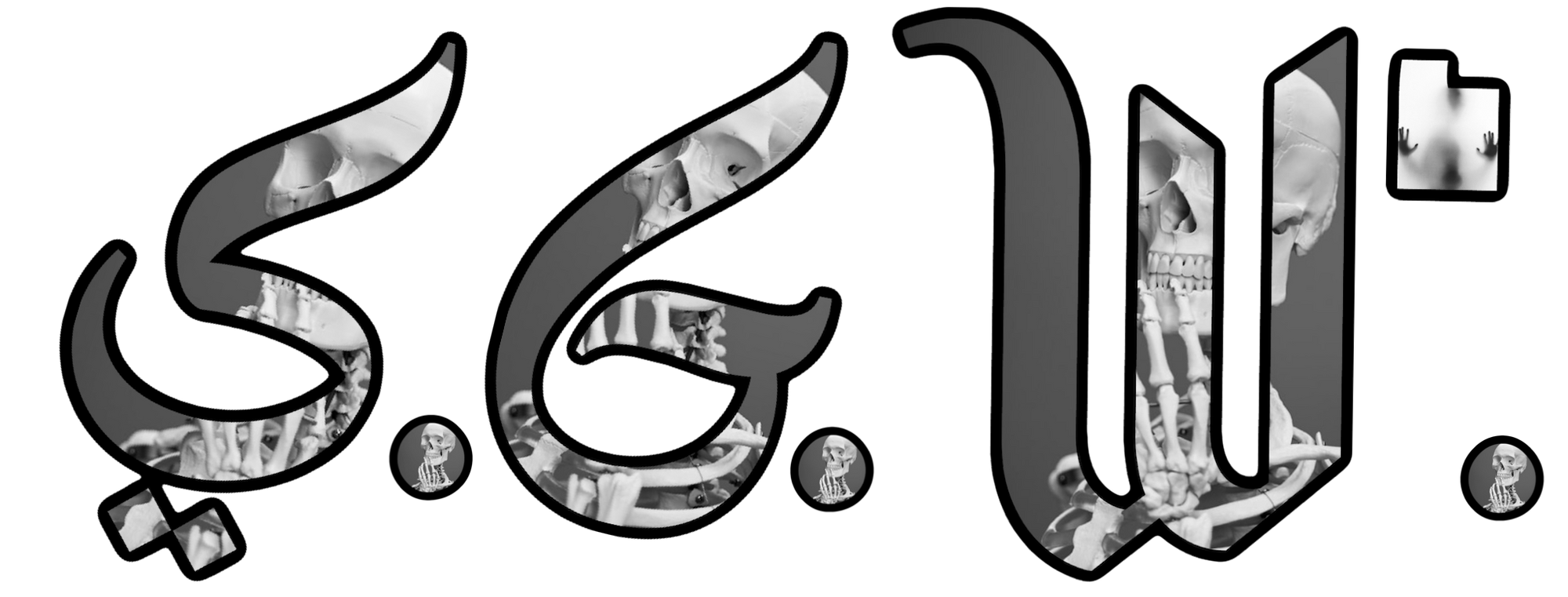

KLF, also known as The KLF (The Justified Ancients of Mu Mu, The Timelords), was a British electronic band formed in the late 1980s by Bill Drummond and Jimmy Cauty. They are known for their experimental approach to music and the music industry, combining elements of house, techno, and ambient music with provocative and often controversial actions.


Key aspects of KLF:

- Musical Style: KLF's music is a blend of house, techno, and ambient genres. They are particularly noted for their innovative sampling techniques and eclectic soundscapes.
- Notable Hits: Some of their most famous tracks include "What Time Is Love?", "3 a.m. Eternal," "Last Train to Trancentral," and "Justified & Ancient," which featured country singer Tammy Wynette.
- The Timelords: Under the alias The Timelords, they released the novelty single "Doctorin' the Tardis," which was a UK number one hit in 1988. The track mashed up the Doctor Who theme with rock samples.
- The K Foundation: After retiring from the music industry in 1992, Drummond and Cauty formed The K Foundation, through which they engaged in various art projects, including the infamous burning of one million British pounds as a form of protest and artistic statement.

The Justified Ancients of Mu Mu, The Timelords, and The KLF were aliases used by the British electronic band formed by Bill Drummond and Jimmy Cauty. This collective is known for its eclectic music, avant-garde art projects, and provocative stunts.

Members
Bill Drummond: Born in 1953, Drummond was involved in the music industry as a manager, producer, and musician before forming The KLF. He worked with bands like Echo & the Bunnymen and The Teardrop Explodes.
Jimmy Cauty: Born in 1956, Cauty was a musician and artist who played in bands like Brilliant before teaming up with Drummond. He later became known for his work with the ambient house group The Orb and various art projects.

Aliases and Evolution
The Justified Ancients of Mu Mu (The JAMs): The duo first emerged as The Justified Ancients of Mu Mu in 1987, taking their name from Robert Shea and Robert Anton Wilson's "The Illuminatus! Trilogy." Their early work heavily sampled other artists' music, leading to legal troubles, notably with ABBA over their debut album "1987 (What the Fuck Is Going On?)."
The Timelords: In 1988, they released the single "Doctorin' the Tardis" under the name The Timelords. The track was a mashup of the Doctor Who theme, Gary Glitter's "Rock and Roll (Part Two)," and Sweet's "Blockbuster!" It topped the UK charts and led to their tongue-in-cheek guidebook, "The Manual (How to Have a Number One the Easy Way)."
The KLF: By the late 1980s, Drummond and Cauty rebranded as The KLF (Kopyright Liberation Front), producing a series of hits like "What Time Is Love?," "3 a.m. Eternal," "Last Train to Trancentral," and "Justified & Ancient" featuring Tammy Wynette. Their music was a blend of house, techno, and ambient, often accompanied by surreal and provocative imagery.

Sordid History and Notable Stunts
The BRIT Awards, 1992: The KLF's performance at the 1992 BRIT Awards is one of their most notorious moments. They collaborated with grindcore band Extreme Noise Terror for a chaotic rendition of "3 a.m. Eternal," culminating in Drummond firing machine gun blanks into the audience and a dead sheep being left at an after-show party with a note reading, "I died for you."
Retirement and The K Foundation: Shortly after the BRIT Awards, Drummond and Cauty announced their retirement from the music industry and formed The K Foundation. They engaged in various art projects, including offering a satirical award for the worst art and creating the K Foundation Burn a Million Quid, where they infamously burned £1 million in cash on the Scottish island of Jura in 1994.
Post-KLF Activities: Both Drummond and Cauty continued to work on various projects after The KLF. Drummond focused on art and writing, including the "No Music Day" initiative and the "Penkiln Burn" series of artworks. Cauty pursued art projects like the "Aftermath Dislocation Principle," a model village depicting a post-riot landscape


Legacy
The KLF's blend of music, art, and performance left a significant impact on the electronic music scene and the broader cultural landscape. Their willingness to challenge industry norms and engage in provocative, boundary-pushing acts ensured their place as enduring icons of avant-garde music and art.





